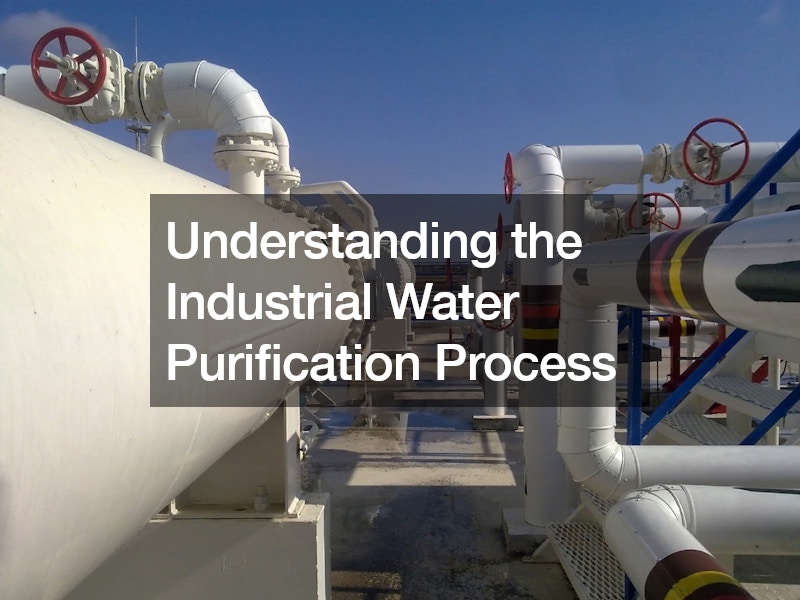
In the realm of industrial water treatment, the reverse osmosis (RO) system plays a pivotal role in ensuring the purity of water. This system consists of various components, each contributing to the overall purification process.
The industrial water purifier begins with a feed tank that holds tap water, later transferred by a feed pump to a sand filter. In the sand filter, particles are separated, initiating the purification journey.
The water then proceeds to a carbon filter, effectively removing any lingering odors and colors. Following this, the water encounters a water softener, equipped with catin and resin, which effectively separates salts, ensuring the water’s suitability for washing and even drinking.
Further purification is achieved through a PPC filter, enhancing the water’s quality. The pressure switch comes into play, monitoring the water pressure levels. Once the pressure reaches a specific threshold, signaling the need for membrane filtration, the RO pump activates. This pump exerts high pressure on the water, eliminating dissolved substances and producing mineral water, while wastewater, containing impurities, is simultaneously collected.
Crucial to the process are flow meters, overseeing the movement of water through pipes, and a storage tank where the purified mineral water finds its final destination. This intricate dance of components illustrates the systematic and effective operation of an industrial water purifier, ensuring a reliable supply of pure water for various industrial applications.
.




